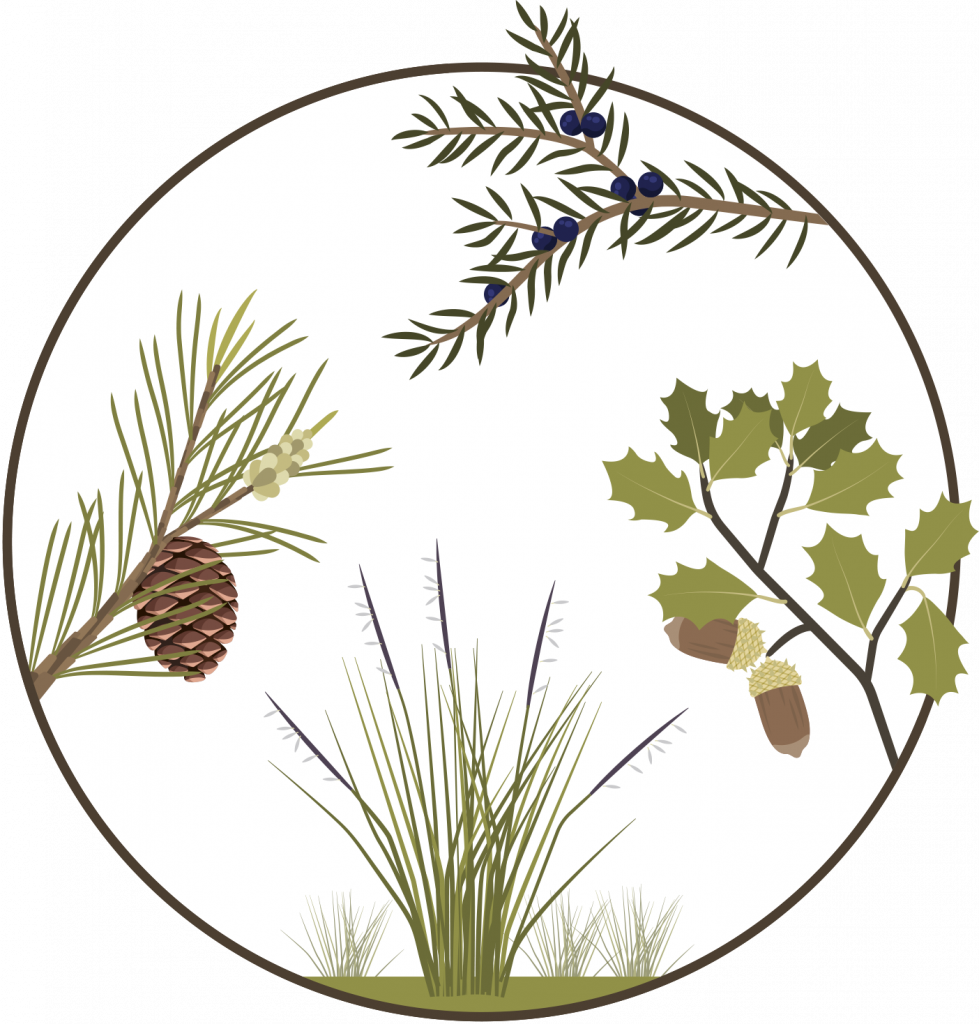1:2 Aerosols
1:2 Aerosols

What do we do in the Aerosols team ?
We study the pollen-containing bioaerosol generated by plants.
Plants have developed mechanisms to transport their pollen to the female part of other plants in order to maintain a proper intraspecific genetic variability. Pollen may be transported by either biotic agents (e.g., insects) or abiotic agents (e.g., the wind).
In the Aerosols team, we monitor, analyse, and identify the airborne bioaerosol that contains pollen. For our analyses, we use vacuum pumps (volumetric suction collectors) to capture atmospheric pollen and then use a microscope to identify the type of pollen and its concentrations.

Which plant communities do we study in Sierra Nevada?
Learn more about the vegetation found in high mountain areas!
Which plant communities do we study in Sierra Nevada?
Learn more about the vegetation found in high mountain areas!
Descubre como la salud de los ríos empeora debido a la actividad humana.
Desde su nacimiento en la cabecera de los valles glaciares de Sierra Nevada, el estado de los ríos empeora debido a la actividad humana.
Rotate
Why is our role relevant?
By studying pollen, we may solve doubts and problems.
How does it benefit us?
We help take measures in health and conservation.
When it comes to allergies, the information we gather will enable us to take preventive measures both to reduce medical care costs and to improve the quality of life of affected people. In terms of environmental conservation, our results will be a support tool for the design of recovery plans and/or reinforcement plans for endangered species.

Data generated by the team
Learn more about the data we are generating- Monitoring atmospheric aerosol and bioaerosol deposition.
- Monitoring atmospheric pollen deposition.
2:2 Air Quality

What do we do in the Air Quality team?
We study how the composition of the atmosphere affects the quality of the air we breathe, and how it impacts ecosystems.
The composition of the atmosphere is a consequence of the emissions of gases and particulate matter, which may be generated by natural sources or by human activity. Emissions may alter the climate, the Earth’s energy balance, the processes of the water cycle and health.
Air quality is routinely studied in urban and industrial areas. However, it is also important to learn more about the variability and dynamics of aerosols in places that are far away from pollution hotspots of anthropogenic origin. Mountain areas are formed by fragile ecosystems whose balance may be altered by pollutants, such as those that are generated when the increase in tourism causes an overuse of rural zones. Besides, green spaces emit remarkable amounts of certain types of very reactive organic compounds (VOCs). These do not only have a direct impact on the composition of the atmosphere, but also are highly reactive and the precursors of other, more complex secondary compounds that are harmful to the health of people and ecosystems.
In our project, we study the composition of the atmosphere in Sierra Nevada. To this end, we built a network of stations that cover a wide range of locations, from towns with different anthropogenic impacts to faraway places in the Sierra Nevada area. With these stations, we can measure several atmospheric compounds and issue a warning when they reach concentrations that are harmful to the environment.

We sample both gases and suspended particulate matter, in order to:
- Understand its variability in space and over time.
- Thoroughly explore how they are generated.
- Identify their sources.
- Learn more about new atmospheric species which could potentially become pollutants and which are generated from natural precursors such as vegetation and soils.
- Be able to develop climate models and studies.
Main sources of air pollution around Sierra Nevada.
Learn more about the differences in air quality in several places.
Main sources of air pollution around Sierra Nevada.
Learn more about the differences in air quality in several places.
Descubre como la salud de los ríos empeora debido a la actividad humana.
Desde su nacimiento en la cabecera de los valles glaciares de Sierra Nevada, el estado de los ríos empeora debido a la actividad humana.
Rotate
What did we find out?
The concentration of pollutants is higher in large towns, whereas in small towns we found species that reacted and formed secondary pollutants.
Our results show that the quality of the air in an area is closely related to the sources of air pollution that are present in the area. In the most heavily populated areas, such as Órgiva (5000 – 6000 inhabitants), the concentration of pollutants related to human activity, such as particles and nitrogen oxides (NOx), was higher. It should be noted that weather variables, such as the height of the mixing layer or the speed and direction of the wind, may also influence the concentration or dispersion of pollutants.
Nevertheless, in small villages (between 300 and 600 inhabitants) such as Pampaneira, Bubión and Capileira the atmosphere was less altered by human activity. In these cases, high concentrations of secondary pollutants, such as ozone, were found. This was the result of the chemical reactions that take place in these atmospheres.
How does it benefit us?
The information we create helps us understand air quality better, and make decisions to improve it.
Thanks to the knowledge generated, we will be able to put forward measures and make decisions that improve air quality and fight the pollution problems detected. In particular, we are working to define the impact caused by several factors, such as rural tourism, biomass burning and Saharan dust episodes.
We are committed to environmental education and awareness, and for this reason we have planned information sessions with municipal officials, technicians in the local council (Diputación) and people in the villages in question (meetings open to the public), so that we may work together to find ways to improve air quality. Besides, we share our knowledge in schools.





